Filter data
|
ID |
Nickname |
Country / City |
Languages |
Taxonomies |
Comment |
Project / Group |
Map |
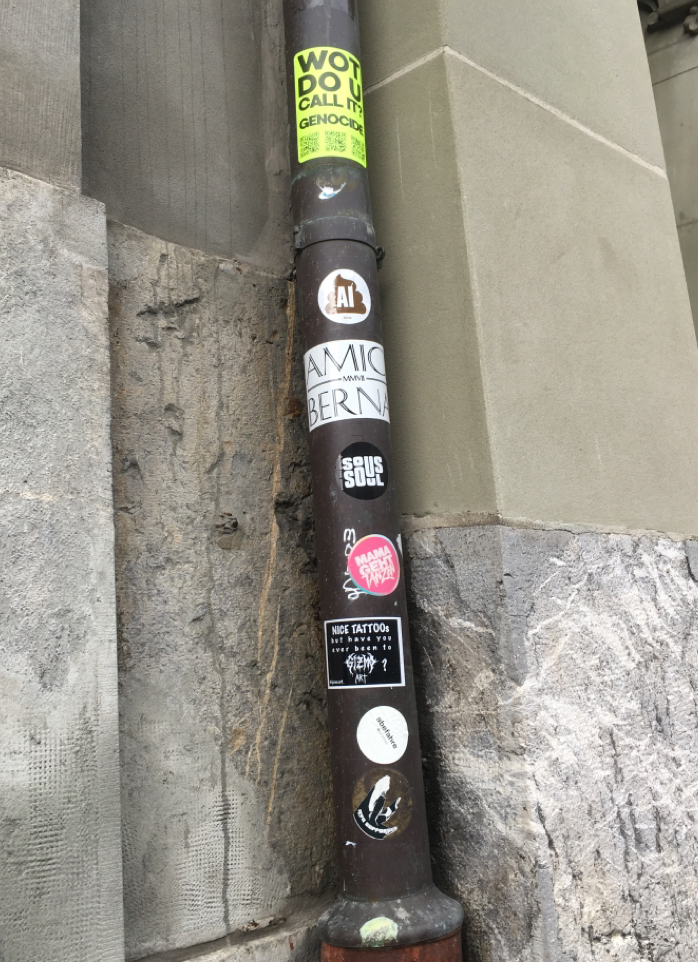
|
148923
|
|
Svizzera
Bern
|
|
|
rechts von vis-a-vis theater
|
|
|
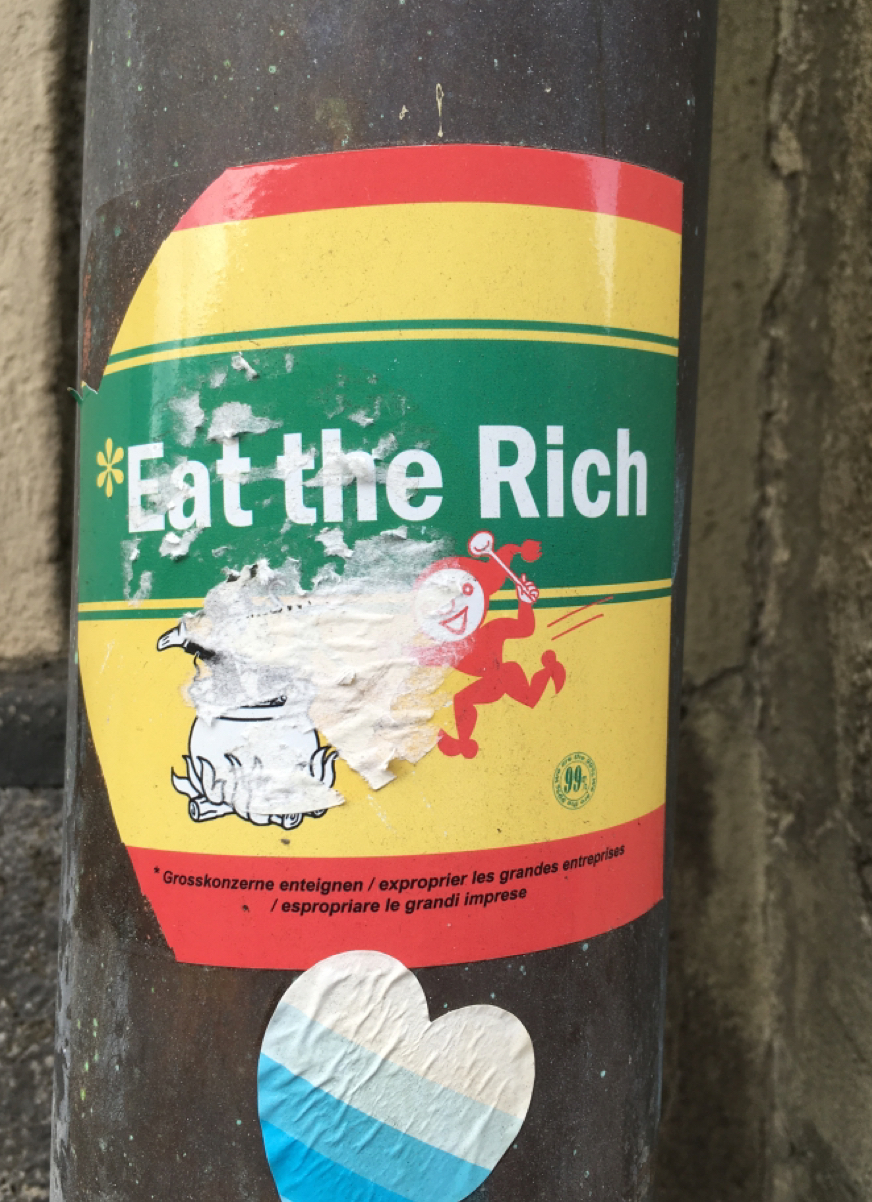
|
148922
|
|
Svizzera
Bern
|
|
|
m burkhard - atelier 0816
|
|
|
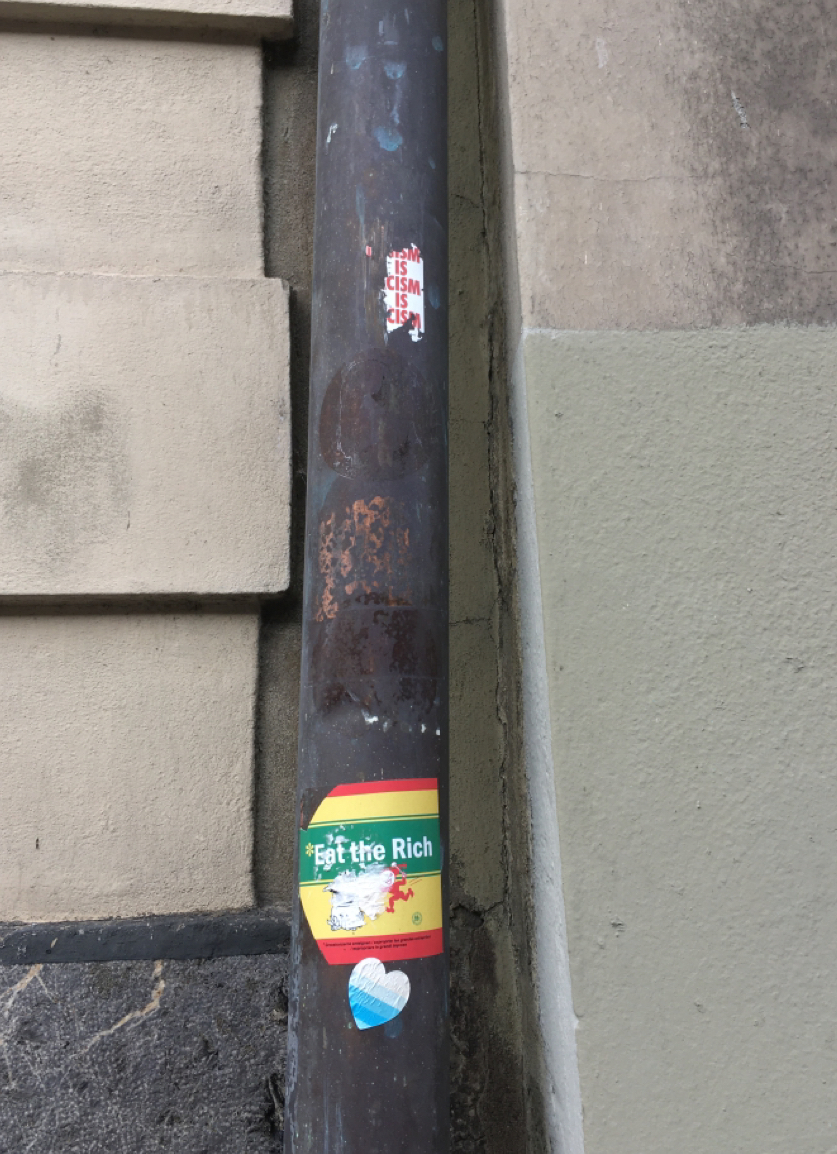
|
148921
|
|
Svizzera
Bern
|
|
|
mario burkhard - atelier 0816
|
|
|
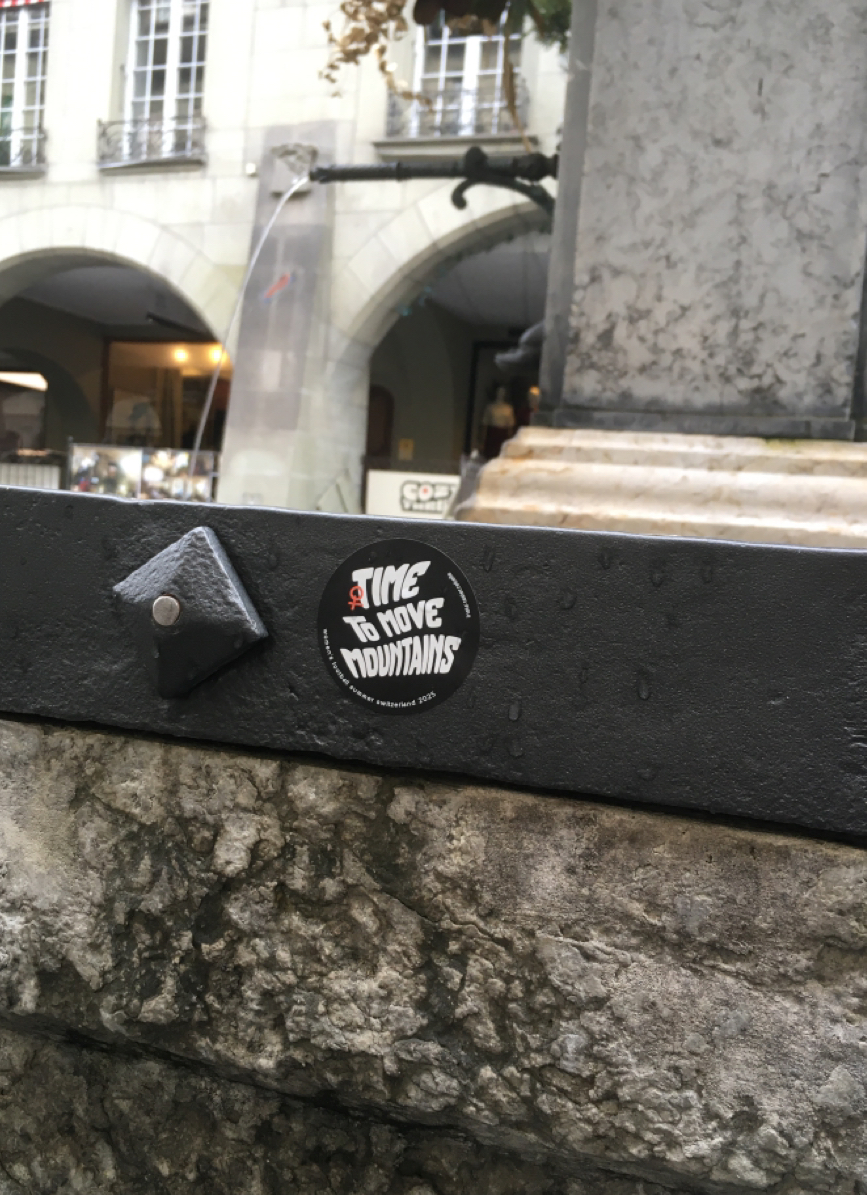
|
148920
|
|
Svizzera
Bern
|
|
|
Gerechtigkeitsbrunnen
women‘s football summer ...
|
|
|
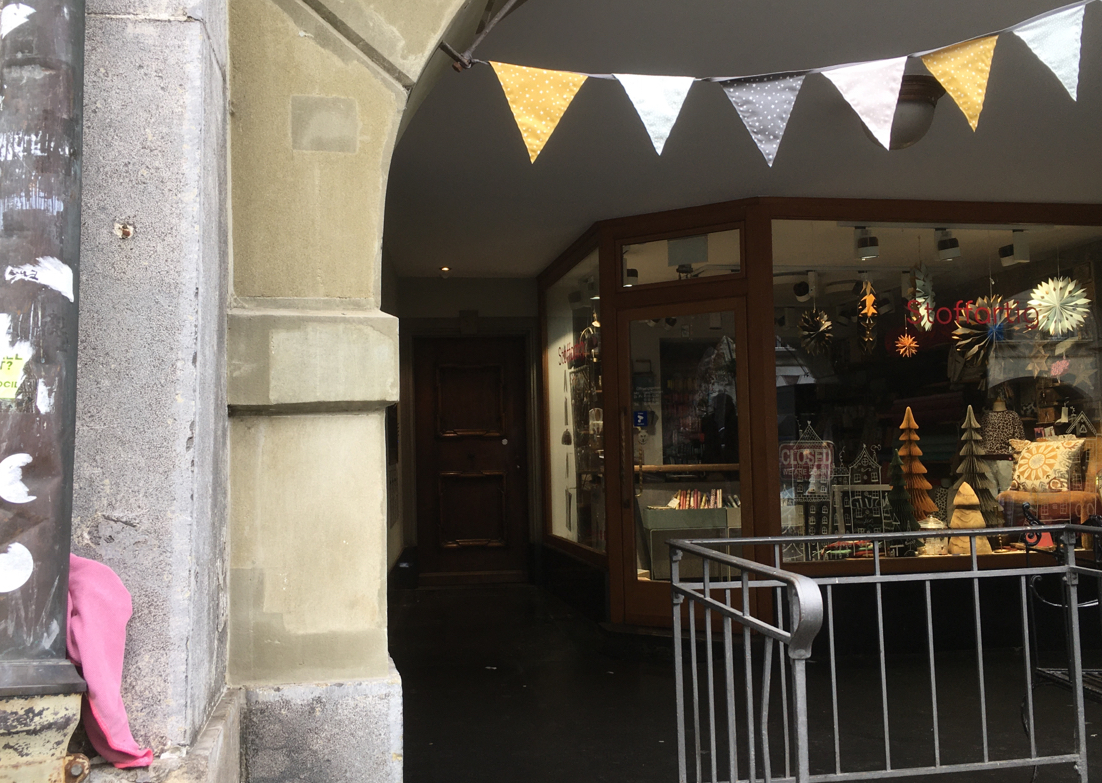
|
148919
|
|
Svizzera
Bern
|
|
|
chapeau - stoffartig
|
|
|
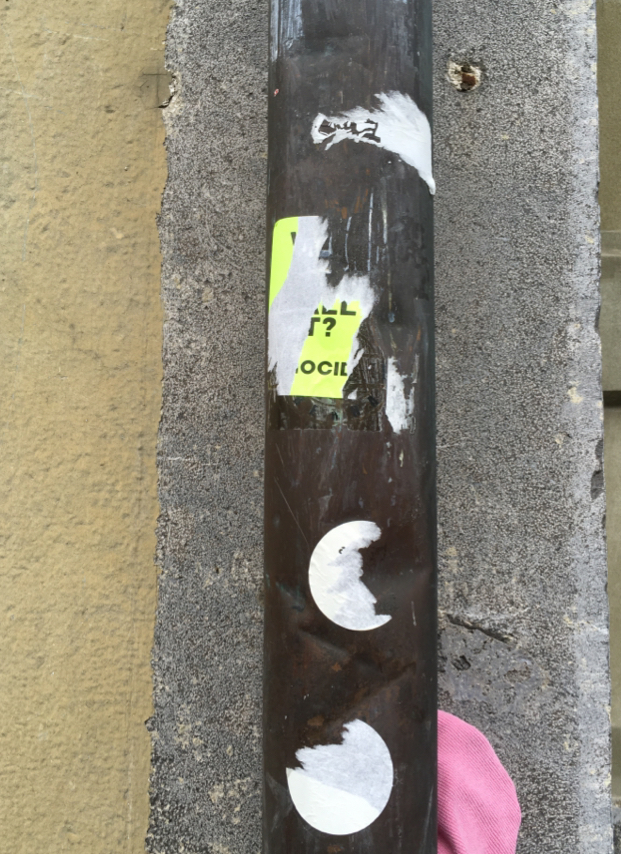
|
148918
|
|
Svizzera
Bern
|
|
|
coup chapeau - stoffartig
|
|
|
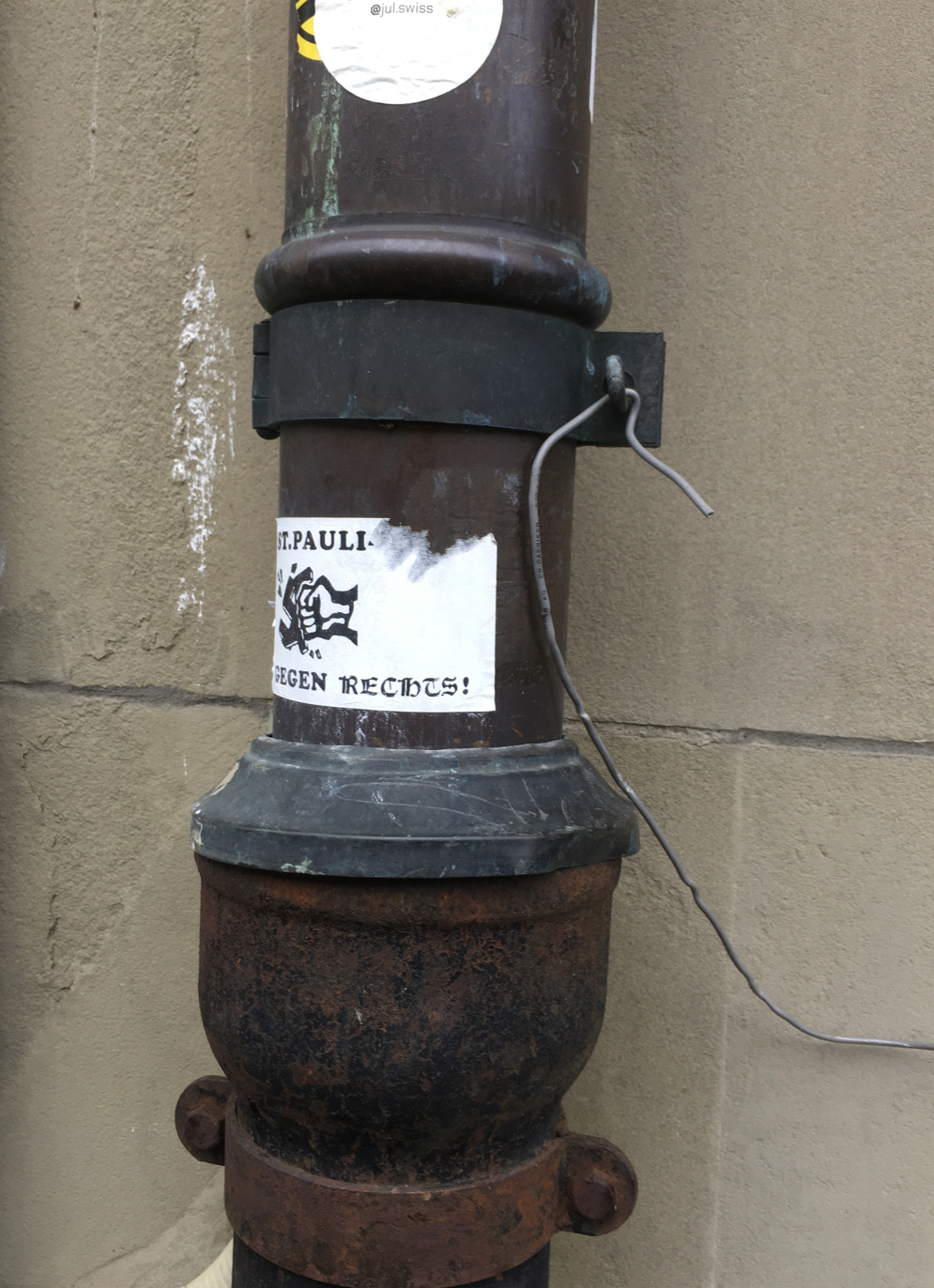
|
148917
|
|
Svizzera
Bern
|
|
|
Gerechtigkeitsgasse 64/ Gesundheits..: Direktion
|
|
|
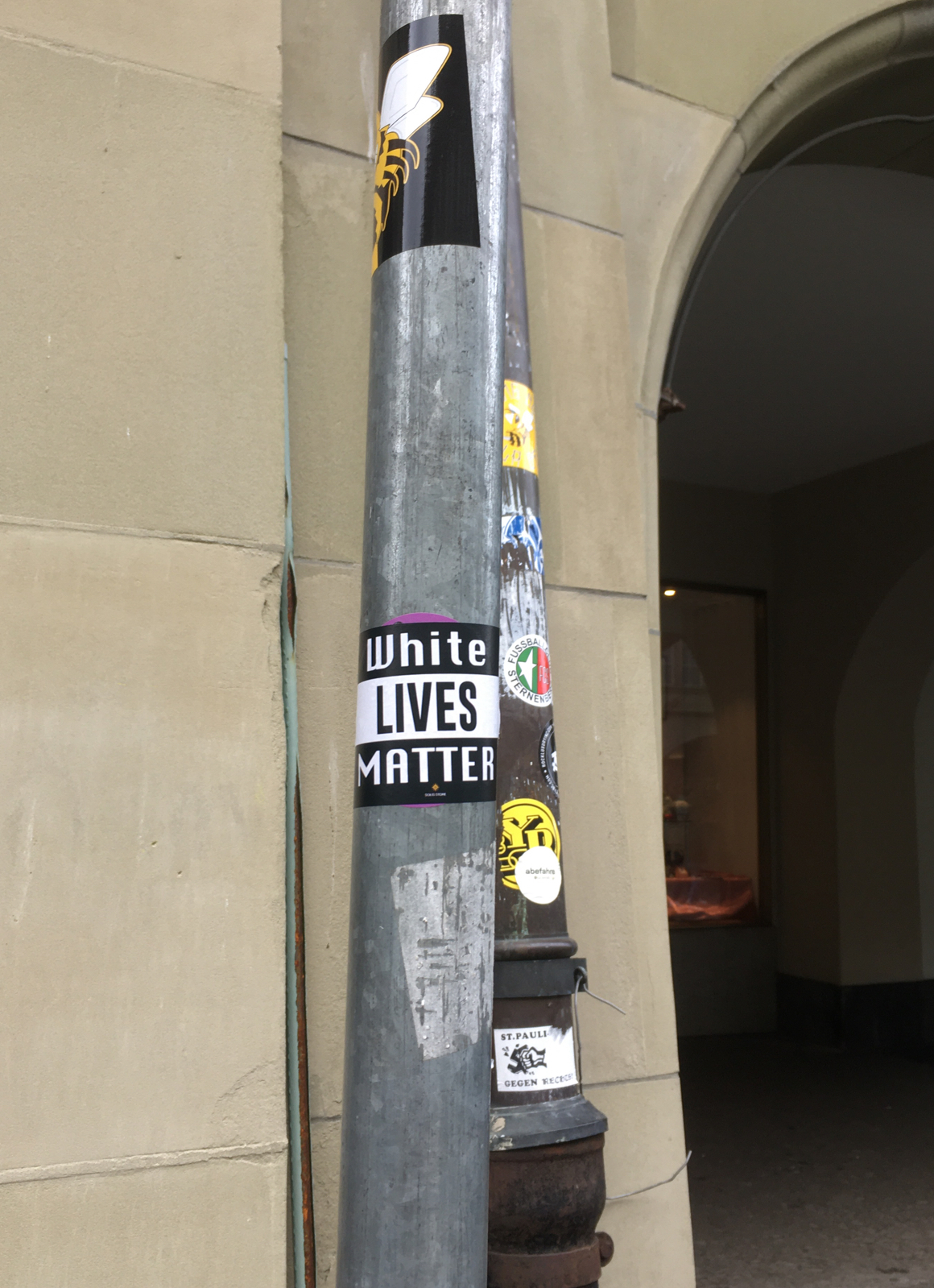
|
148916
|
|
Svizzera
Bern
|
|
|
vor Gesundheits,… Direktion
|
|
|

|
148915
|
|
Svizzera
Bern
|
|
|
Krystina - Restaurant Zunft zu Webern
|
|
|
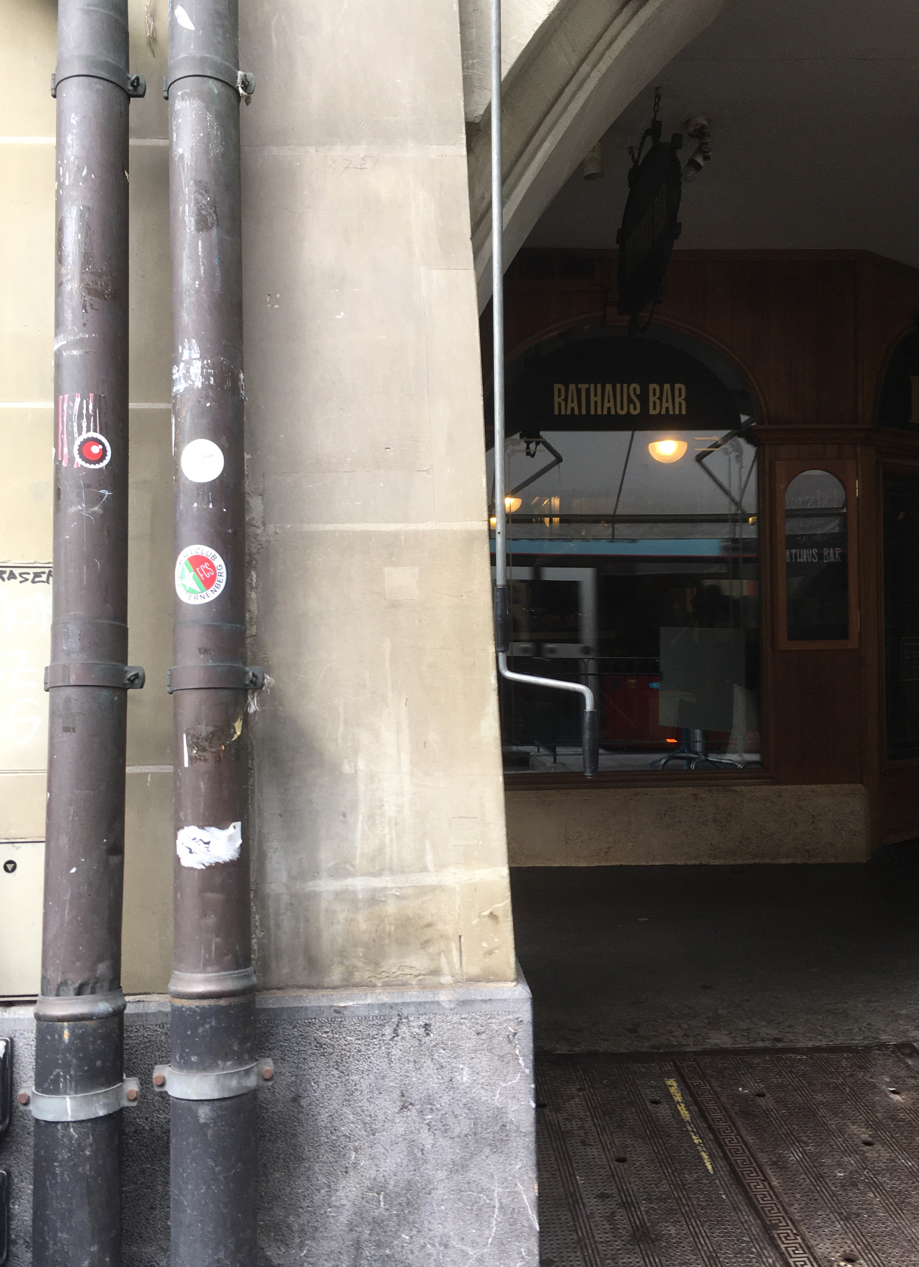
|
148914
|
|
Svizzera
Bern
|
|
|
geputzt
|
|
|
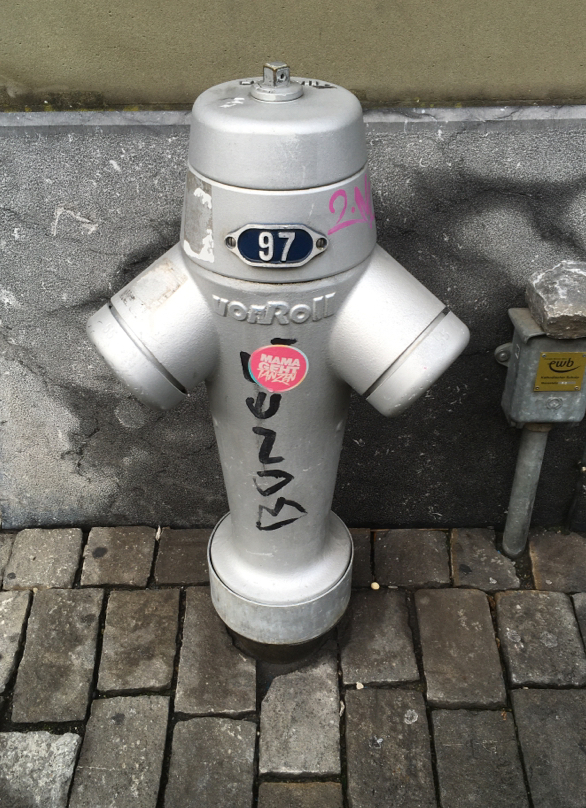
|
148913
|
|
Svizzera
Bern
|
|
|
—
|
|
|
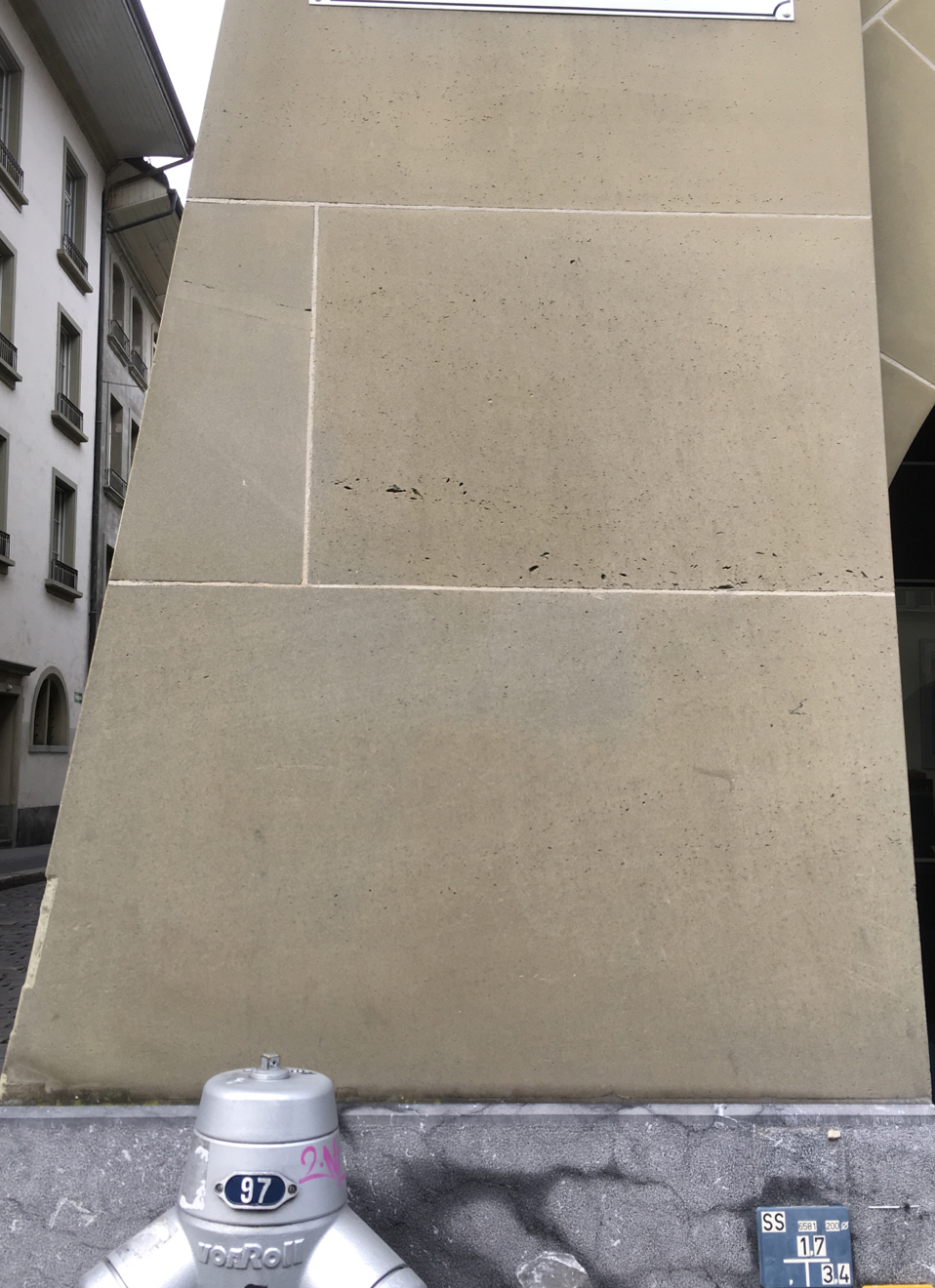
|
148912
|
|
Svizzera
Bern
|
|
|
—
|
|
|

|
148911
|
|
Svizzera
Bern
|
|
|
—
|
|
|
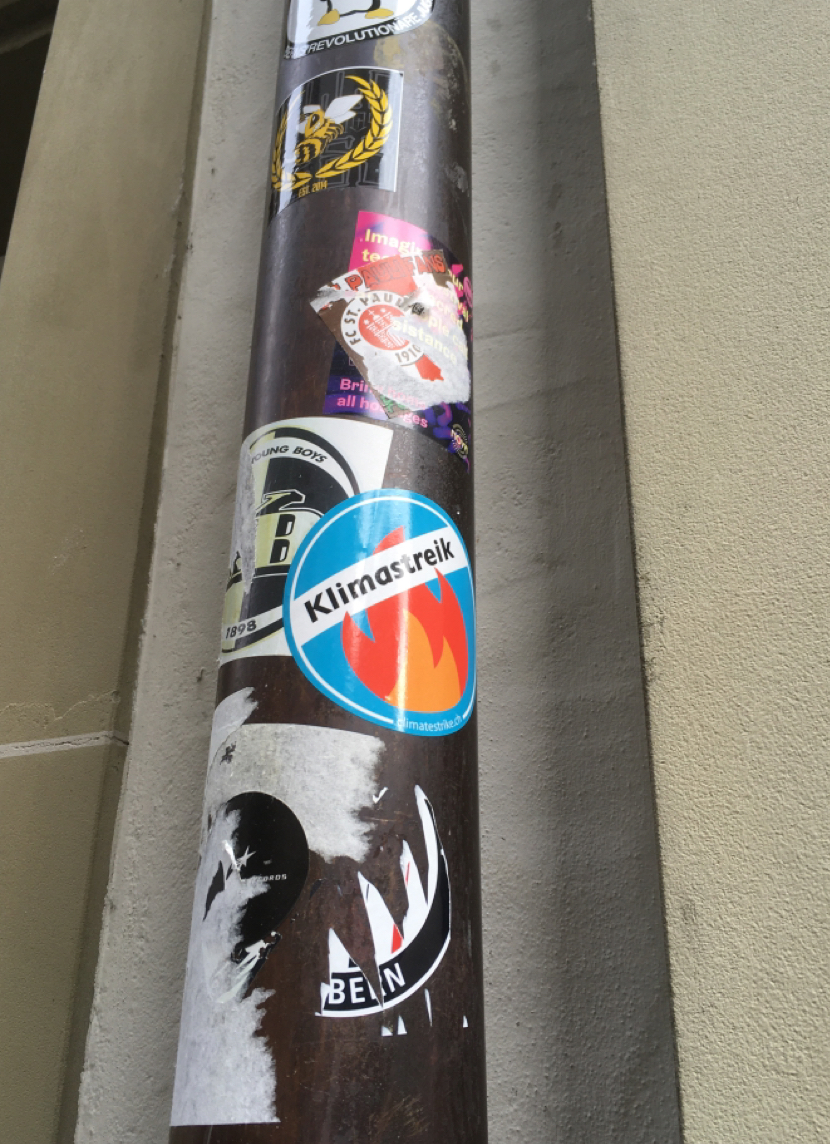
|
148910
|
|
Svizzera
Bern
|
|
|
—
|
|
|
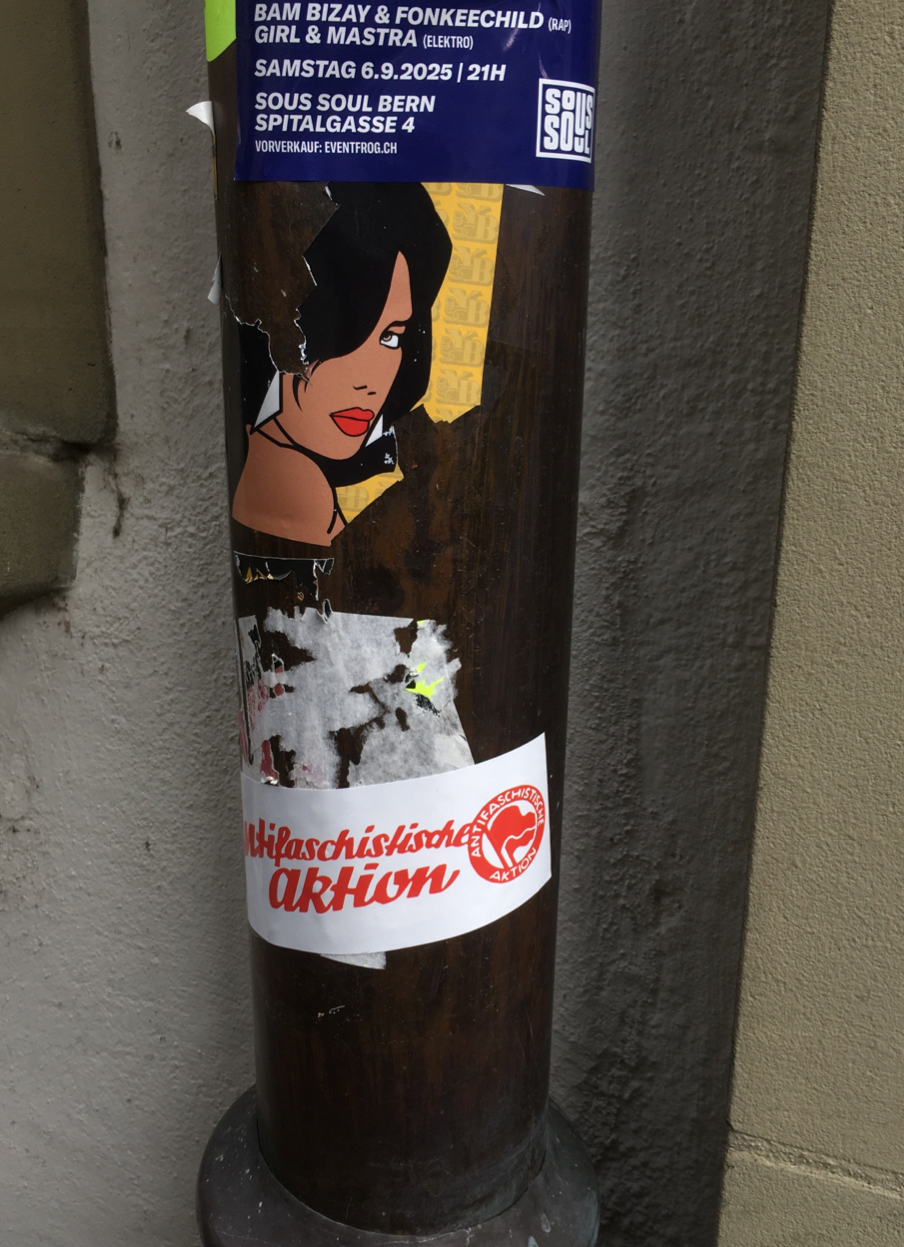
|
148909
|
|
Svizzera
Bern
|
|
|
—
|
|
|
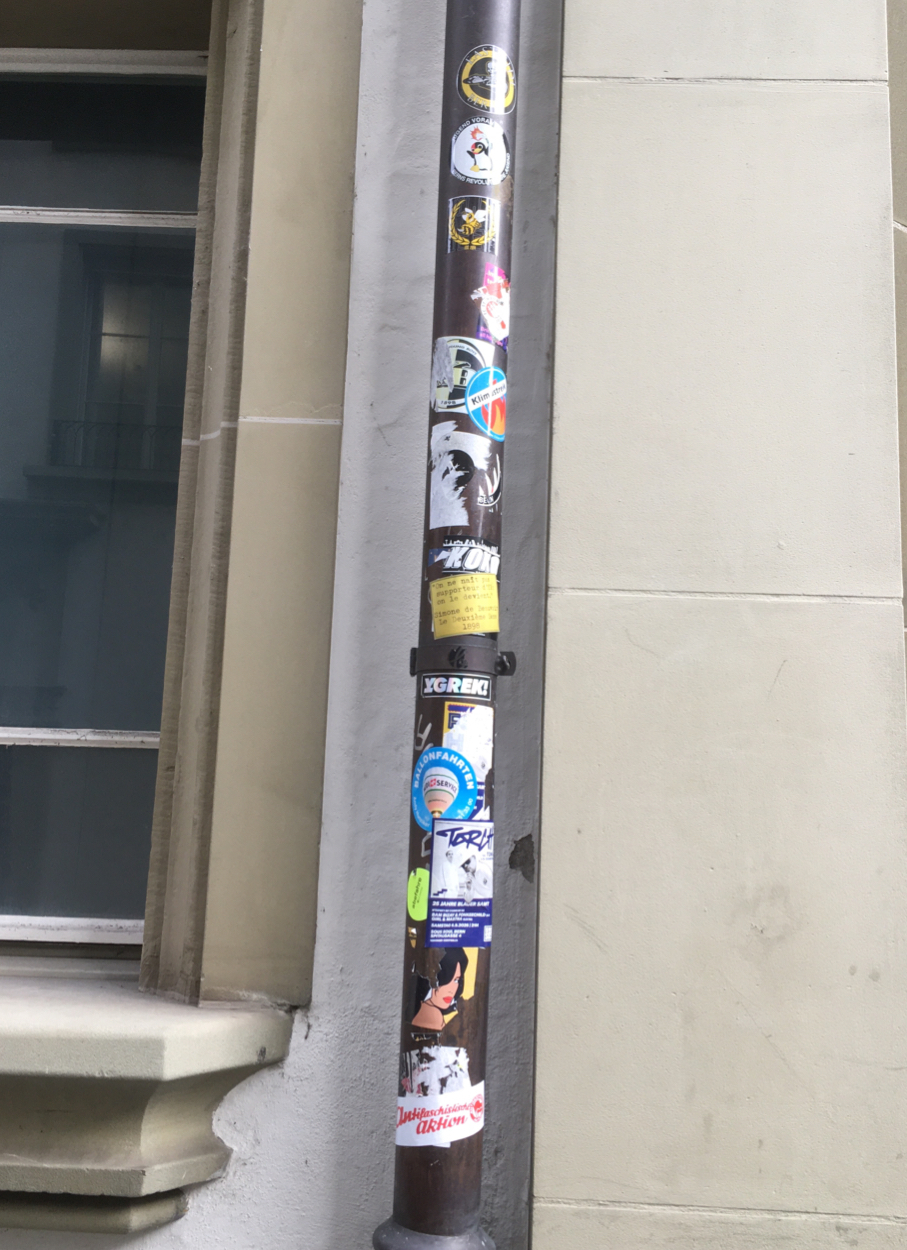
|
148908
|
|
Svizzera
Bern
|
|
|
Kreuzgasse , visavis Rathaus apotheke
|
|
|
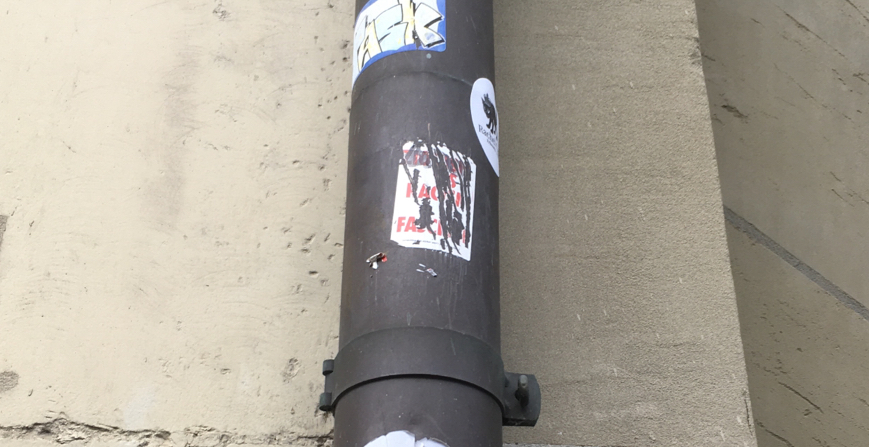
|
148907
|
|
Svizzera
Bern
|
|
|
Teppiche 1001- Rathaus Apotheke
|
|
|
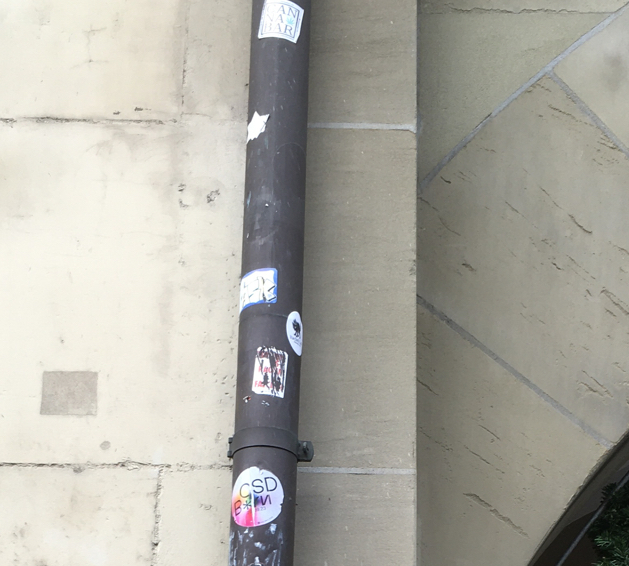
|
148906
|
|
Svizzera
Bern
|
|
|
Teppiche 1001- Rathaus Apotheke
|
|
|
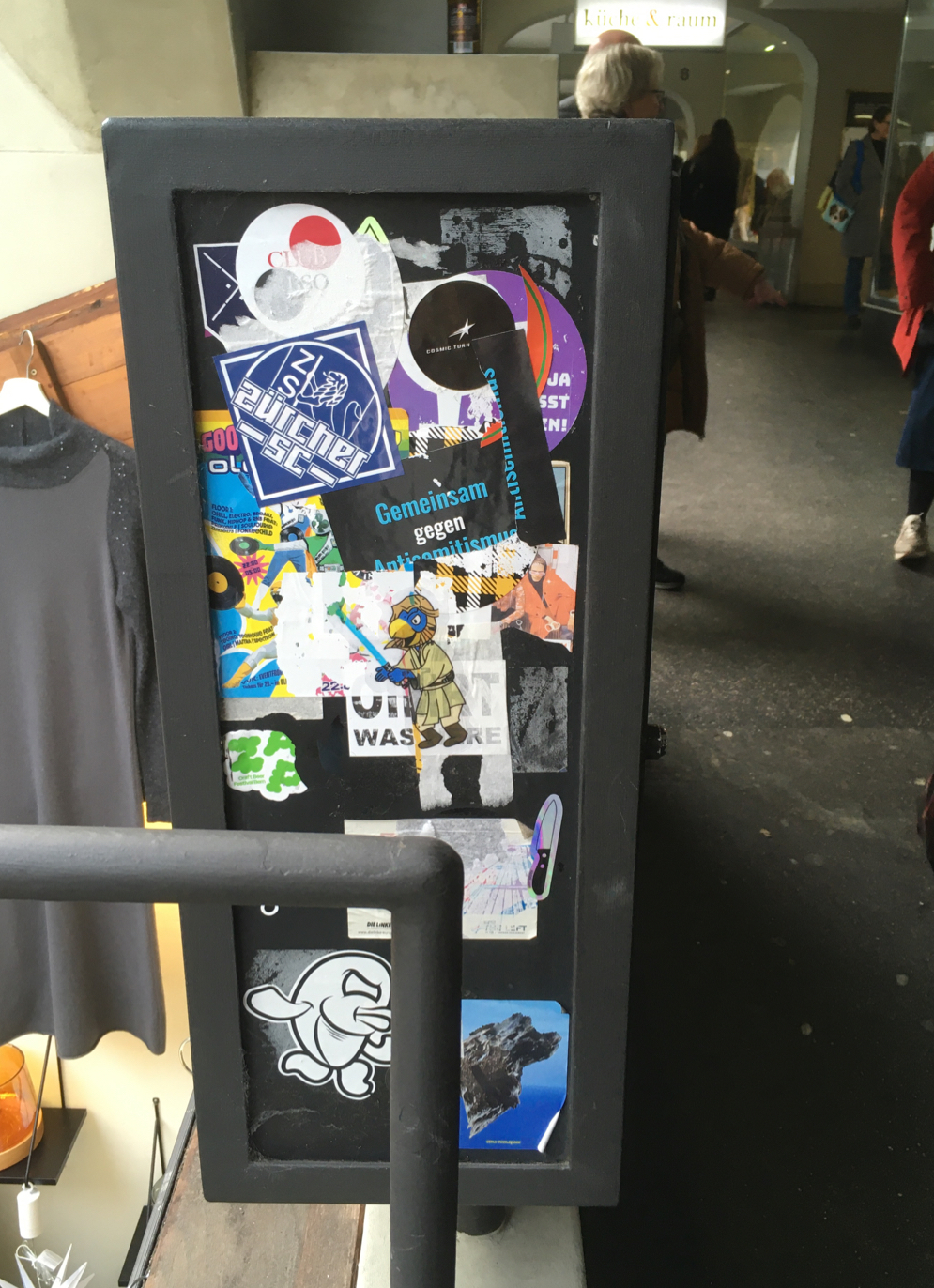
|
148905
|
|
Svizzera
Bern
|
|
|
innen, vor Teppich 1001/ seven
|
|
|
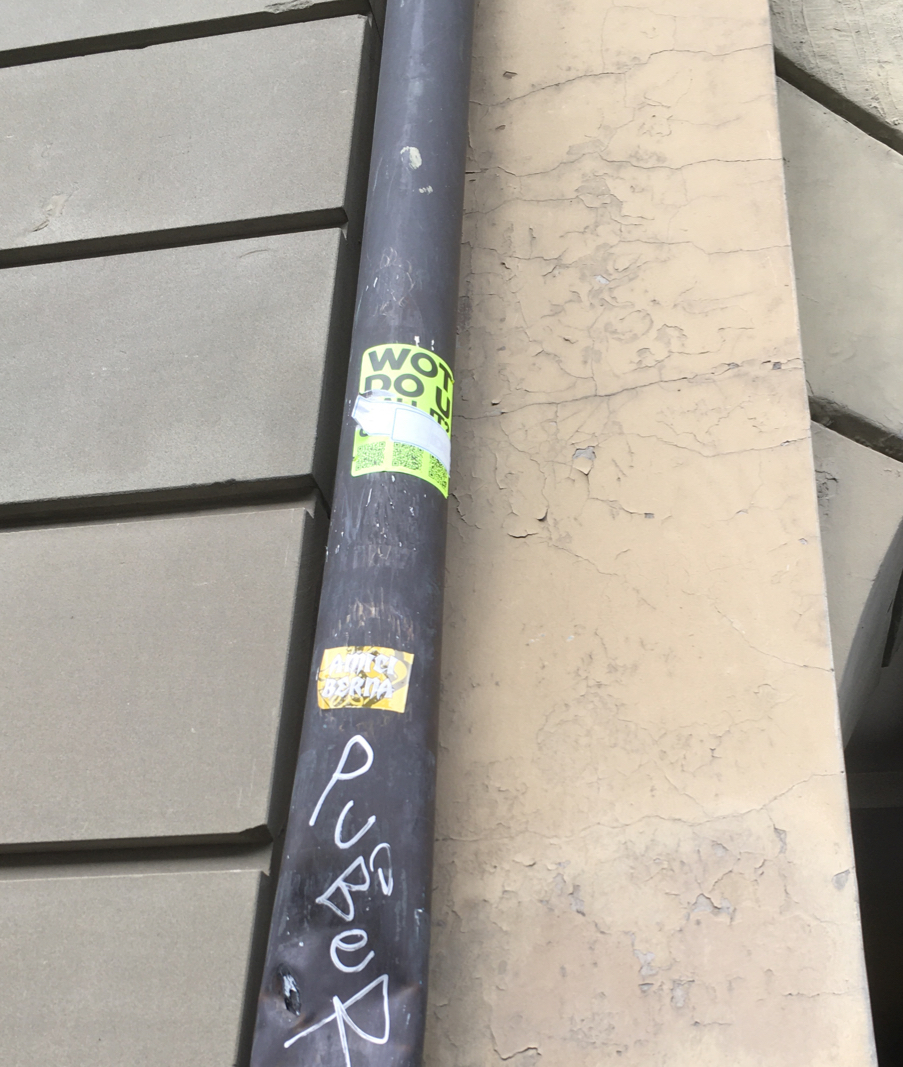
|
148904
|
|
Svizzera
Bern
|
|
|
Jutta- küche raum
|
|
|